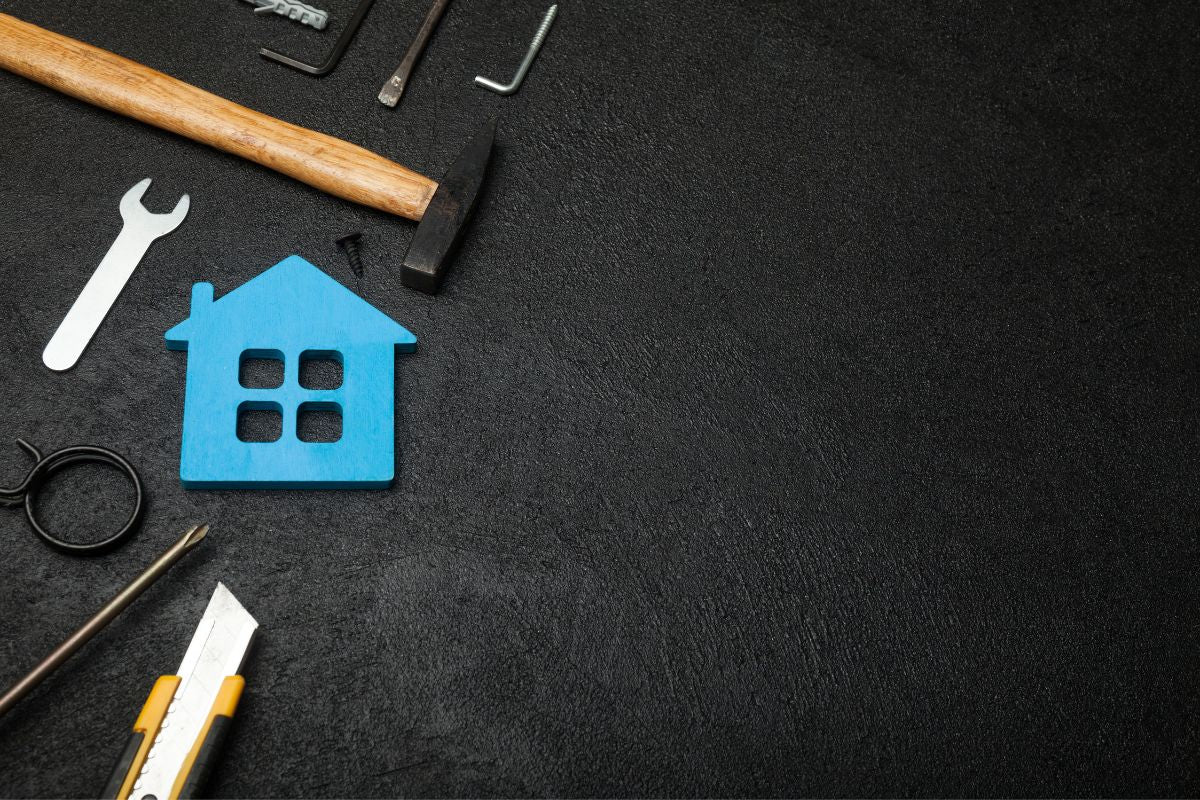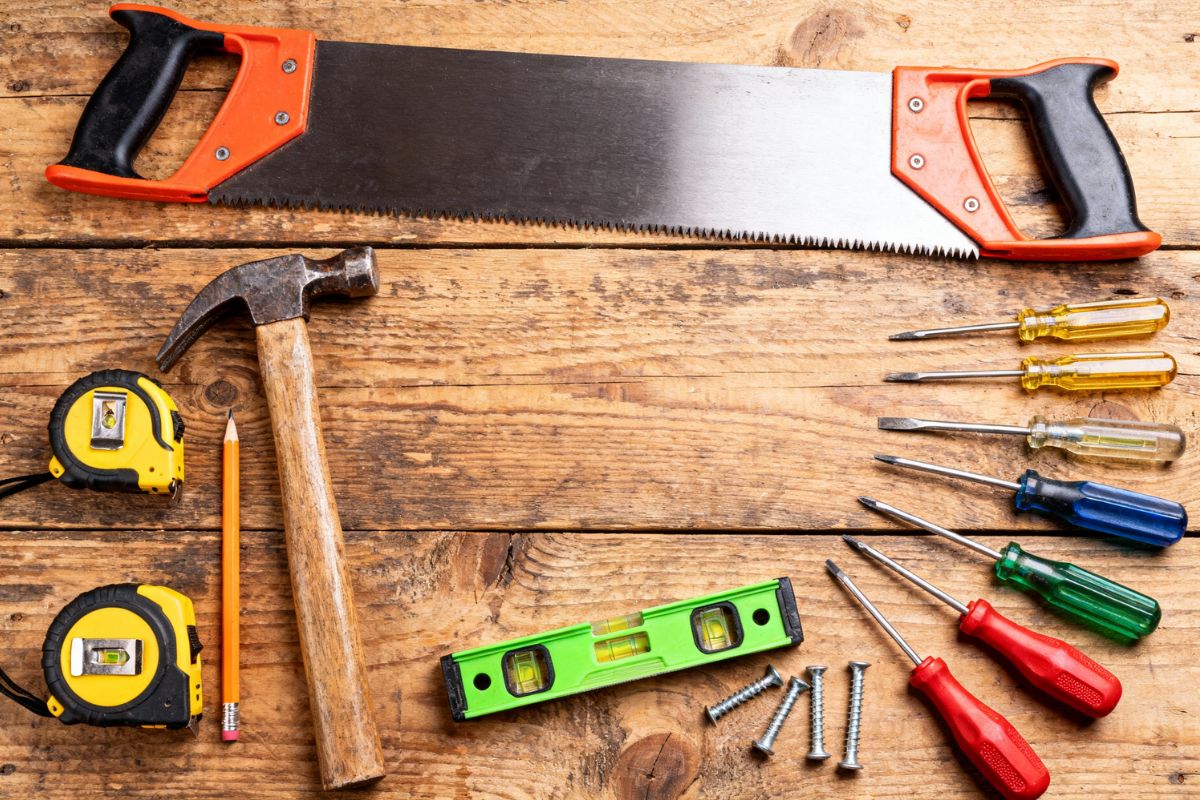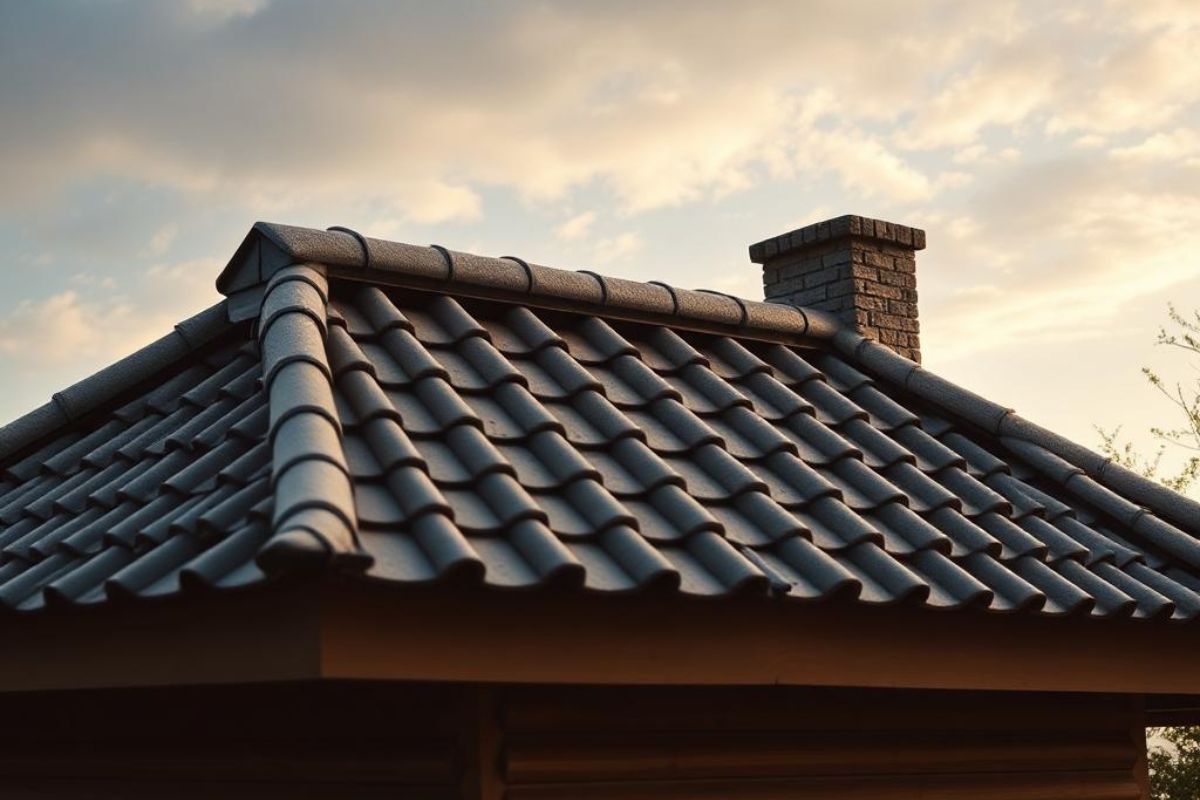Once you have your materials, focus on the tiny house foundation followed by framing the structure. The roofing, insulation, and installing tiny house windows and doors come next. Work on the tiny house plumbing and electrical system, adhering to tiny house building codes and legal requirements.
Inside, effective space usage is key, from compact appliances for tiny houses to loft bedrooms and storage solutions. Finally, pay attention to interior finishes and maximising storage for efficient living.
Importance of planning before building
When embarking on tiny house construction, thorough planning is crucial for a successful project. Developing detailed tiny house floor plans will guide you throughout the build. Consider your needs, and plan for features like loft bedrooms and compact appliances for tiny houses.
Efficient space usage ensures a comfortable living environment. Securing your budget for the tiny house early helps in selecting tiny house materials and sustainable building materials that align with your vision.
Insights from sustainability advocate Sarah Susanka suggest that planning ahead not only helps in legal requirements for tiny houses and tiny house building codes but also in maximizing storage and designing a functional interior.
Thoughtful planning makes the process of installing tiny house plumbing, electrical systems, and insulation seamless. Proper planning also includes envisioning tiny house roofing, foundation, and framing to prevent costly mistakes and delays.
Planning Your Tiny House
Starting the journey to build a tiny house requires meticulous planning to ensure you address all critical needs. Begin by developing comprehensive tiny house floor plans that account for efficient space usage.
One of the challenges in tiny house construction includes maximizing limited space while retaining functionality and comfort. This issue can be addressed through effective planning and clever design, incorporating loft bedrooms and compact appliances for tiny houses that save space without sacrificing convenience.
Budgeting for a tiny house is another significant aspect of your planning phase. Clearly define how much you are willing to spend, which will guide you in selecting tiny house materials and sustainable options. Consider potential issues such as legal requirements for tiny houses and tiny house building codes, as these can influence your design choices.
Addressing these considerations early allows for smooth integration of systems like tiny house plumbing, electrical requirements, and insulation. Properly planned roofing, foundation, and framing are also essential to avoid costly revisions later in the build.

Setting a budget
Budget is a crucial aspect of building a tiny house that ensures you manage costs effectively from start to finish.
Steps to Setting a Budget for Your Tiny House:
- Step 1: Assess your finances and determine how much you can comfortably allocate to tiny house construction.
- Step 2: Research and list all potential expenses, inclusive of tiny house design and tiny house floor plans.
- Step 3: Prioritize essential elements like tiny house foundation, framing, and tiny house roofing.
- Step 4: Account for specific systems such as tiny house plumbing and the tiny house electrical system.
- Step 5: Include costs for sustainable building materials and selecting tiny house materials.
- Step 6: Set aside a contingency fund for unexpected costs during your DIY tiny house build.
- Step 7: Regularly review and adjust your budget as the project progresses to stay on track with your financial plan.
Choosing a design and layout
Choosing the right design and layout for your tiny house is essential for creating a functional and comfortable living space. Consider your lifestyle and needs to guide your decisions on tiny house design and layout. Whether you opt for a tiny house on wheels or a stationary model, your design should maximize space, comfort, and the efficiency of tiny house floor plans.
Benefits of Choosing a Thoughtful Design and Layout:
- Optimized Space Usage: Effective layouts and loft bedrooms make the most of limited space, ensuring every square foot serves a purpose, thereby enhancing day to day living.
- Customization: Tailoring your tiny house design allows for personal touches and customization, meeting specific needs and preferences, including storage solutions and tiny house kitchen design.
- Energy Efficiency: Integrating eco friendly materials and designs promotes sustainable living, reduces utility costs, and supports an off grid tiny house lifestyle.
When planning tiny house construction, ensure your layout includes provisions for systems like tiny house plumbing and electrical, complies with building codes, and considers legal requirements. These elements are pivotal for both functional living and adhering to regulations.
Obtaining necessary permits and permissions
Obtaining the necessary permits and permissions is a critical step in building your tiny house. Ensuring compliance with local laws and regulations will prevent delays and additional costs in your tiny house construction. This process can be complex but is essential to adhere to legal requirements for tiny houses and building small homes.
Helpful Tips for Obtaining Necessary Permits and Permissions:
- Research Local Regulations: Before starting your project, thoroughly investigate the tiny house building codes and zoning laws in your area. Some regions have strict rules regarding tiny house design and placement.
- Contact Local Authorities: Reach out to your local building authority to discuss your plans and obtain a list of required permits. This will help you understand specific requirements for your tiny house foundation, framing, and other structural elements.
- Prepare Detailed Plans: Submit comprehensive tiny house floor plans and detailed specifications, including tiny house plumbing, electrical systems, and insulation for tiny houses. Having well documented plans facilitates smoother approval processes.
- Consider Professional Help: If navigating the permitting process seems daunting, consider hiring a professional to assist. This may include a planner, architect, or legal expert familiar with tiny house construction and local laws.
- Plan for Off Grid Living: If you plan to build an off grid tiny house, ensure you understand and comply with additional requirements for alternative energy systems and waste management solutions.
Gathering Materials and Tools
Starting the process of gathering materials and tools for your tiny house project is an exciting step that brings you closer to your dream home. Begin by compiling a comprehensive list tailored to your tiny house design and tiny house floor plans. This should include everything from tiny house foundation materials to tiny house framing components and roofing supplies.
Selecting tiny house materials should prioritize both sustainability and durability. When you choose sustainable building materials, you contribute to eco friendly tiny houses and long term cost savings. For example, reclaimed wood and recycled metal can reduce your environmental footprint while adding unique charm to your DIY tiny house. Always factor in the local climate to ensure your materials are suited for the environment.
For the tools, create a detailed inventory based on your step by step guide to tiny house construction. Essential tools typically include saws, drills, hammers, measuring tapes, and levels. Precision tools such as a miter saw can significantly enhance the accuracy of your cuts and the overall quality of your build. Safety gear, including gloves, goggles, and ear protection, is also critical.
For example, using a laser level can simplify the installation of tiny house windows and doors, ensuring they are perfectly aligned. This precision is crucial for efficient space usage and maximizing tiny house storage. Properly fitted windows and doors also improve insulation for tiny houses, contributing to energy efficiency.
Lastly, don't overlook the smaller items that are vital during construction, such as screws, nails, adhesives, and sealants. Gathering all necessary materials and tools before starting your tiny house project ensures a smoother, more efficient build, allowing you to focus on the craftsmanship and creativity involved in building small homes.
Building the Foundation
Building the foundation is one of the most critical steps in constructing your tiny house. A sturdy foundation provides structural support and stability for the entire build. For tiny house construction, you have several foundation options, including concrete slabs, pier and beam, or trailers if you're building a tiny house on wheels. Each type has its advantages and must be selected based on your tiny house design and terrain conditions.
Did you know? According to the International Code Council, nearly 60% of tiny homes utilize pier and beam foundations due to their cost effectiveness and flexibility in various terrains. This option allows for efficient space usage and easier access to the tiny house plumbing and electrical systems.
When building on a trailer, ensure the trailer is properly rated to carry the weight of your tiny house. Begin by carefully attaching your frames to the trailer, ensuring all connections are secure. This step is crucial for the long term flexibility and mobility of your tiny house on wheels. Opt for high quality trailers designed specifically for this purpose to avoid complications.
For stationary tiny houses, start with a well leveled site to avoid issues with tiny house framing and insulation. Use sustainable building materials to construct a solid base that complements your eco friendly tiny houses initiative. Follow legal requirements for tiny houses to ensure your foundation meets all the necessary building codes and safety standards.

Framing the Structure
Framing the structure of your tiny house is a pivotal phase that shapes the overall design and provides the skeleton for your build. Utilize quality lumber that complies with legal requirements for tiny houses and ensure your framing meets all local building codes. Each piece should be securely nailed or screwed into place, creating the walls, roof, and openings for windows and doors.
Comparing traditional framing vs. advanced framing techniques highlights significant benefits. Traditional framing involves using more lumber and closer stud spacing, whereas advanced framing reduces material usage by spacing studs further apart and minimizing waste. Advanced framing not only cuts costs but also improves insulation for tiny houses and contributes to eco friendly tiny houses by using fewer resources.
Incorporate the tiny house floor plans while framing to ensure precise placement of features like loft bedrooms, maximizing tiny house storage, and planning for compact appliances. Be sure to leave room for installing the tiny house electrical system and tiny house plumbing. Proper framing ensures the structural integrity of your tiny house and simplifies future steps, such as adding insulation and aligning tiny house roofing.
Installing Utilities
Installing utilities in your tiny house is a crucial step that ensures functionality and comfort. Begin with the tiny house plumbing system. Carefully plan for the placement of pipes to serve the bathroom, kitchen, and any other water reliant installations. Use materials that are durable and appropriate for compact spaces, and ensure compliance with tiny house building codes to prevent any legal issues down the line.
One unpopular opinion about tiny house utilities is that relying solely on off grid solutions can be more troublesome than beneficial. While an off grid tiny house offers sustainability, challenges include managing solar panel maintenance, battery storage, and wastewater treatment. For many, a hybrid approach using both grid connections and renewable systems offers a balance of convenience and eco friendliness.
Next, install the tiny house electrical system. Decide between a traditional grid connection, solar power, or a combination of both. Ensure your wiring meets safety standards and is adequately protected. Compact homes require efficient use of power, so plan for energy efficient lighting and appliances. Correct installation of electrical components is vital for safety and seamless operation.
Move on to setting up the insulation for tiny houses to maintain a comfortable indoor environment. Effective insulation helps manage temperature and reduces energy consumption. Materials like spray foam, rigid foam, or natural options contribute to an energy efficient and eco friendly home. Strategically place insulation in walls, floors, and the roof for optimal results.
Finally, consider the integration of HVAC systems to ensure proper ventilation and climate control. A mini split system can be ideal for tiny homes due to its compact size and efficiency. Careful placement of vents and ducts will enhance airflow and improve indoor air quality. Pay attention to maximizing tiny house storage around these systems to retain overall space efficiency.
Insulating and Weatherproofing
How does effective insulation and weatherproofing impact tiny house living? Proper insulation and weatherproofing are crucial for maintaining a comfortable and energy efficient tiny house environment.
By ensuring your tiny house is well insulated, you can keep the interior temperature stable throughout the year, reducing the need for excessive heating or cooling. This is especially important given the limited space of a tiny house, where temperature fluctuations can be more noticeable.
Insulation for tiny houses can be achieved using various materials like spray foam, rigid foam, or natural alternatives such as sheep's wool or recycled denim. Selecting tiny house materials that are efficient and eco friendly supports sustainable building practices and contributes to eco friendly tiny houses. Insulate all critical areas, including walls, roof, and flooring, to create a comprehensive thermal barrier.
Weatherproofing goes hand in hand with insulation to protect your tiny house from the elements. Moisture infiltration can lead to mold growth and structural damage. Use high quality weatherproofing materials like house wrap and sealants to cover the exterior. Pay special attention to tiny house windows and doors, as these are common entry points for drafts and moisture. Proper sealing ensures efficient space usage and helps maximize tiny house storage by preventing dampness.
Furthermore, weatherproofing extends the lifespan of your tiny house by reducing wear and tear caused by harsh weather conditions. For a tiny house on wheels, consider flexible weatherproofing solutions that accommodate movement and travel. This ensures your DIY tiny house remains secure and intact, whether parked or on the move.
Effective insulation and weatherproofing also align with legal requirements for tiny houses, contributing to compliance with building codes and enhancing overall safety. By investing in proper insulation and weatherproofing, you are ensuring a more comfortable, durable, and efficient living space in your tiny house construction journey.
Interior Finishing
The interior finishing of your tiny house is where your space truly comes to life, reflecting your style and design preferences. Tracing its evolution from the early 20th century, the concept of interior finishing has shifted from purely functional aspects to an aesthetic combination of both form and function. This progression has led to innovations in tiny house interior design, making small spaces more livable and comfortable.
A significant focus is on efficient space usage, from built in storage solutions to compact appliances for tiny houses that save both space and energy. Selecting materials is paramount, as you'll want to choose sustainable building materials that contribute to eco friendly tiny houses.
Careful planning ensures your bathroom design, kitchen layout, and loft bedrooms are functional without compromising on style. Use quality finishes that are durable yet attractive, ensuring your tiny house interior remains inviting and practical for years to come.
.jpeg)
Adding Fixtures and Appliances
Adding fixtures and appliances to your tiny house is a crucial step in completing your living space. Focus on selecting compact appliances for tiny houses that provide the functionality you need without taking up excessive space.
This includes efficient space-saving appliances like mini fridges, combination washer dryers, and space saving cooktops. These choices ensure seamless integration with your tiny house design and lifestyle.
In the words of architect Frank Lloyd Wright, "Less is only more where more is no good." This philosophy is particularly relevant when choosing fixtures and appliances for a tiny house. Adopting a minimalist approach and efficient space usage allows you to maximize storage and keep the interior uncluttered. Select fixtures that are multifunctional, such as wall mounted foldable tables and built in seating with storage compartments.
Ensure that your fixtures and appliances comply with legal requirements for tiny houses and align with tiny house plumbing and electrical plans. Proper installation of these elements is vital for a functional and safe living environment.
Consider eco friendly options that contribute to sustainable living, like energy efficient lighting and water saving faucets. This approach promotes a more sustainable, comfortable, and aesthetically pleasing tiny house living.






Share: